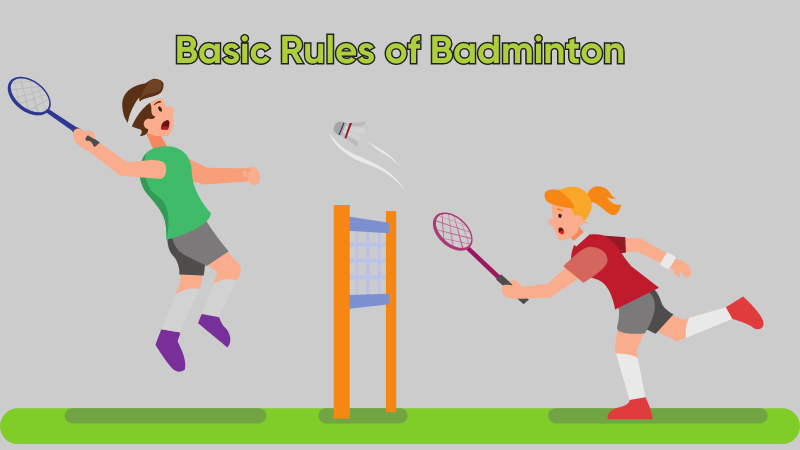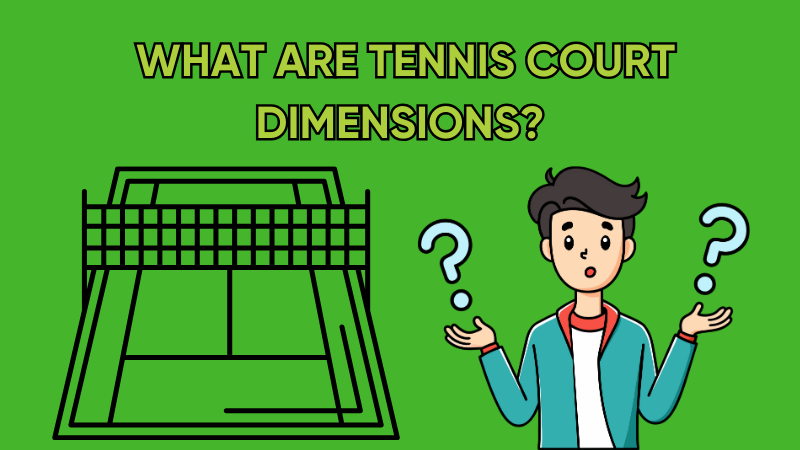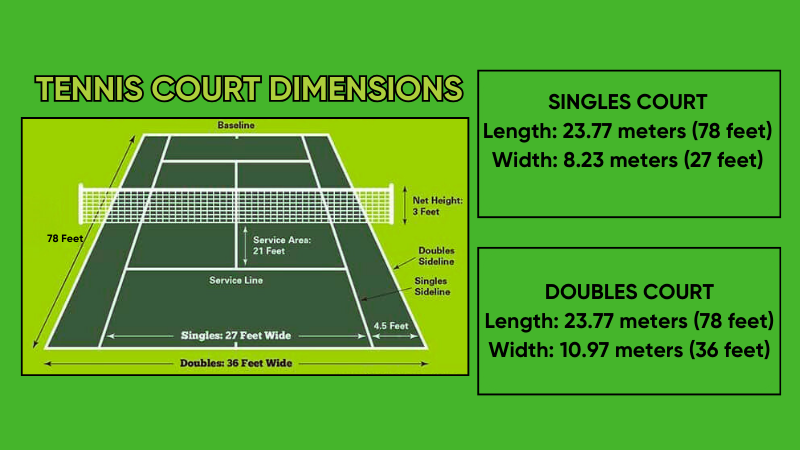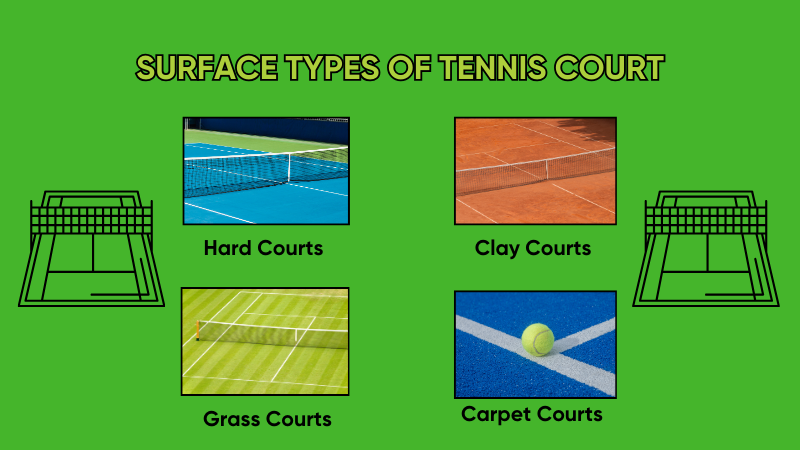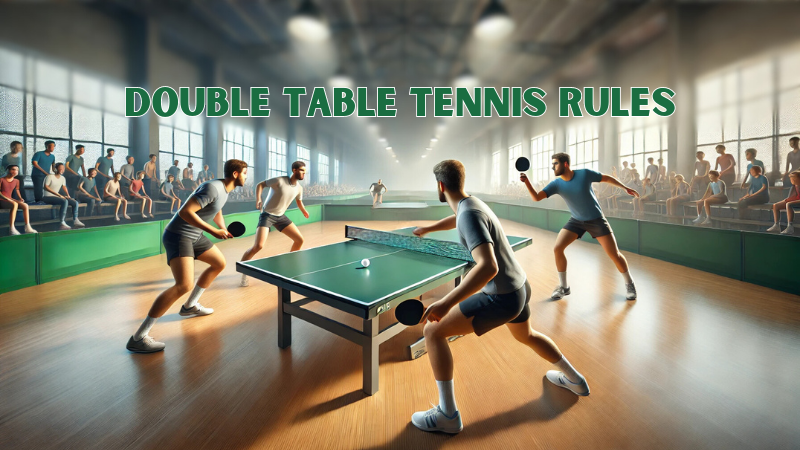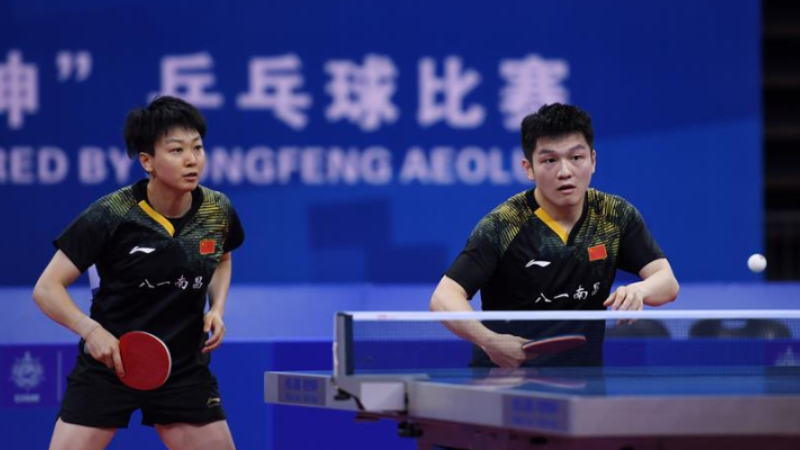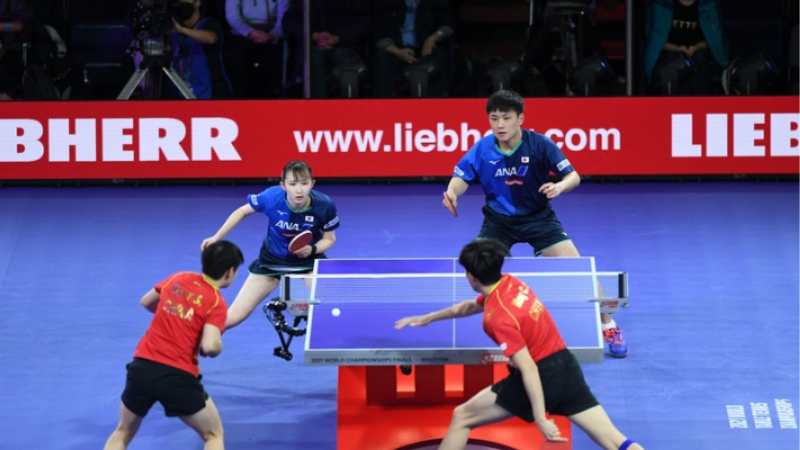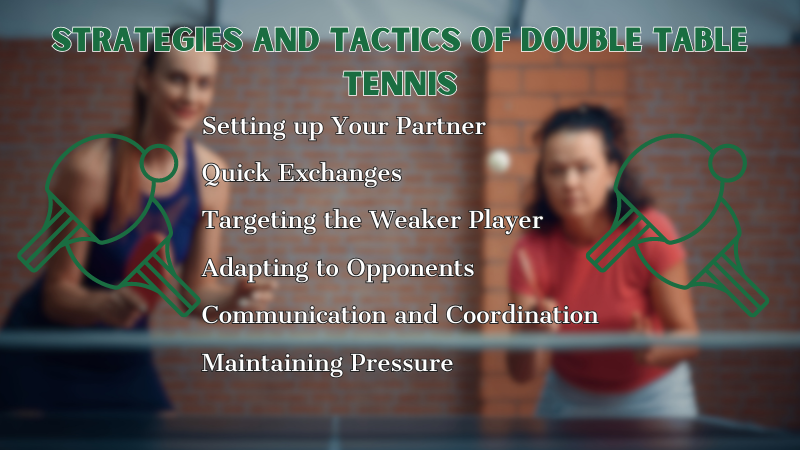Badminton is a fast-paced and exciting sport enjoyed by people of all ages. Understanding the basic rules of badminton helps you play confidently and fairly, whether you’re on a professional court or just having fun outdoors.
In this article, we’ll discuss the fundamental rules of badminton, which can be applied both on a court or outdoors. Some adjustments may be needed depending on whether or not you have a net.
Simple Badminton Rules
Below we will talk about the rules of badminton game:
Match Format
- A match consists of games, and a player must win two games to win the match.
- Matches can end with scores of 2-0 or 2-1 (best-of-three games).
Winning a Game
- To win a game, a player must score 21 points.
- If the score reaches 20-20, play continues until one player leads by two points.
- The game can extend to 29-29, where the next point scored wins.
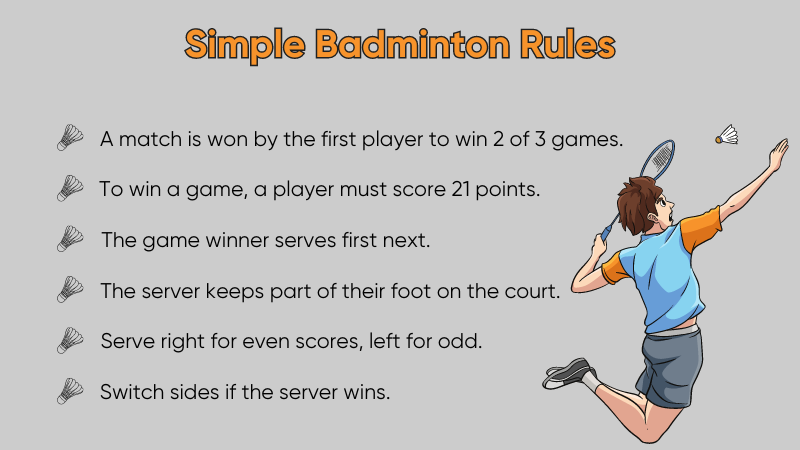
Serving Rules
- The player who wins a game serves first in the next game.
- The server must keep part of their foot on the court surface while serving (no jumping).
- If the server’s score is even (including zero), they serve from the right side. If the score is odd, they serve from the left side.
- When the server wins the point, they switch sides for the next serve. When the receiver wins, they gain the right to serve.
Serving and Side Selection
Matches begin with a coin toss or drawing lots, where the winner chooses one of the following options:
- To serve or receive the serve.
- Which side of the court to start on.
The player who loses the toss gets the remaining option.
During the match, players switch sides:
- At the end of the first game.
- Before the third game starts (if the match goes that far).
- In the middle of the third game, when one player reaches 11 points.
Faults
Most faults involve the movement of the racket and player actions and/or behavior.
A fault occurs if:
- The shuttlecock hits the net or goes under it.
- Lands beyond the court boundaries or any designated playing area.
- Hits the ceiling during indoor play.
- Contacts the player’s body, clothing, or footwear.
- Strikes the player’s racket but fails to reach the opponent’s side.
- Hitting the shuttlecock twice in a single stroke.
- Touching the net or net posts with the body or racket.
- Crossing any part of the body, clothing, shoes, or racket into the opponent’s side of the court.
- Intentionally distracting the opponent with movements or noises, such as waving arms before a shot or shouting during a hit.
Disputes
A let is called when the match proceeds irregularly. Common scenarios include:
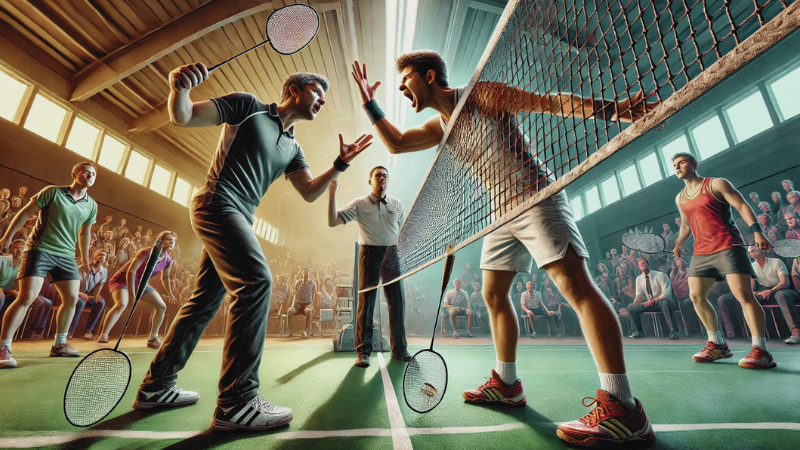
- Equipment failure during play (e.g., a broken racket).
- A player was not ready to receive the serve.
- The umpire (if present) did not see a situation, and one side disputes the outcome.
- Both players commit a fault simultaneously.
Court Boundaries
In badminton, the court boundaries differ for singles and doubles games. Understanding these differences helps in effective play and avoiding faults.
In singles, the court is narrower and longer, using the inner side lines and the full length of the court. This layout requires players to cover more ground along the length.
In doubles, the court is wider, using the outer side lines, and slightly shorter, with the back boundary line serving as the limit.
This configuration focuses on lateral movement and teamwork, so strategic positioning is important for success in doubles. If you’re interested more you can read about tennis court dimensions. Understanding these differences helps in effective play and avoiding faults.
How to Become a Badminton Player?
To become a badminton player, follow these steps:
Learn the basics: Understand rules, scoring, and basic techniques like serving and footwork.
Keep practicing: Regular practice helps improve your skills and endurance.
Seek coaching: Get guidance from a coach or join a badminton club to refine your techniques.
Play matches: Gain experience by participating in local tournaments or friendly games.
Stay fit: Focus on exercises that boost agility, strength, and overall fitness.
Study the game: Watch professional matches to learn strategies.
Set clear goals: Track your progress by setting achievable goals.
Final Thoughts on the Basic Rules of Badminton
Badminton is a fun and accessible sport for people of all ages. Understanding the basic rules, such as serving, scoring and error recognition, will improve your game and promote fair play.
Whether on a formal court or playing casually outdoors, these rules help ensure the game remains fair and enjoyable. You can fully enjoy the sport with practice and a good grasp of these fundamentals.
FAQs About Basic Rules in Badminton
What are the basic rules in badminton❓
The basic rules of badminton aim for a player to win two out of three games. Each game requires 21 points to win. If the score reaches 20-20, the game continues until one player leads by two points. If the score hits 29-29, the next point wins the game.
How does scoring work according to badminton sport rules❓
Scoring in badminton is straightforward. A player wins a game by being the first to reach 21 points. If the score ties at 20-20, the game continues until one player leads by two points. At 29-29, the player who scores the next point wins.
What are the rules for serving in badminton❓
Simple badminton rules for serving include keeping part of your foot on the court. Serve from the right side if your score is even and from the left if it’s odd. The winner of the point serves next and switches sides for the following serve.
What are the basic rules for beginners in badminton❓
Beginners should understand the best-of-three format, practice proper serving techniques, and learn basic court positioning. It’s also crucial to know how to switch sides during the game and recognize common faults.
How do players decide who serves first in badminton❓
According to badminton rules, a coin toss or drawing lots decides who serves first or which side of the court to start on. The player who loses the toss gets the remaining option.
What are some common faults according to the rules of badminton❓
Common faults in badminton occur if the shuttlecock hits the net, goes out of bounds, or if a player touches the net with their racket or body. Other faults include hitting the shuttlecock twice in one stroke or distracting the opponent.
